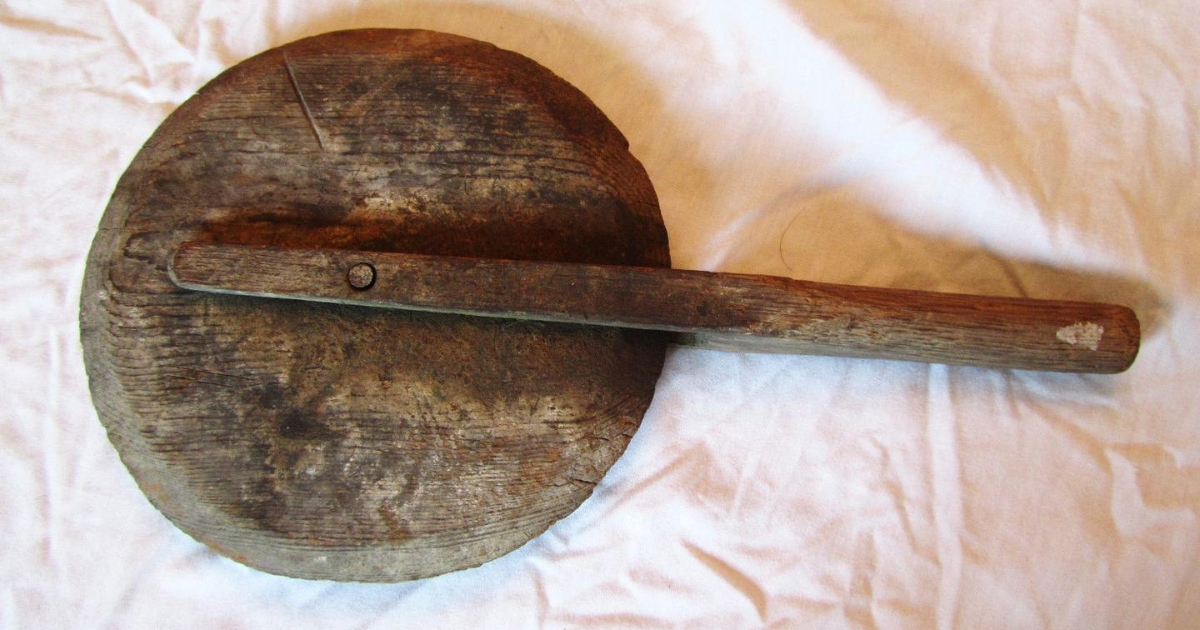So, I discovered this wooden thingy in my grandad’s shed the other day. There was a long handle, one wheel and faded inscriptions. I mean, you know what the hell is this? He laughed and said, “That, dear one, is a wooden traveler’s measuring wheel.” I was intrigued. Why was such a basic tool so crucial in the past?
And long before GPS and digital maps, this was one of the measuring wheels of choice: A wooden traveler’s measuring wheel, rolling along the dirt, the most primitive of miles or kilometers at a time, say at the turn of the 20th century. Surveyors and explorers — and even ordinary travelers — used it to chart roads and plan railways and navigate foreign lands. Each turn of the wheel corresponded to a specific distance, giving cyclists a very accurate way of recording miles.
My uncle was a retired surveyor, and he used to tell me stories of walking miles with one of these wheels, writing measurements in a notebook. He liked the sound the wheel made as it turned — a kind of rhythm, he said, that accompanied him during long rides.
Crafting the Useful and the Useful Utility
